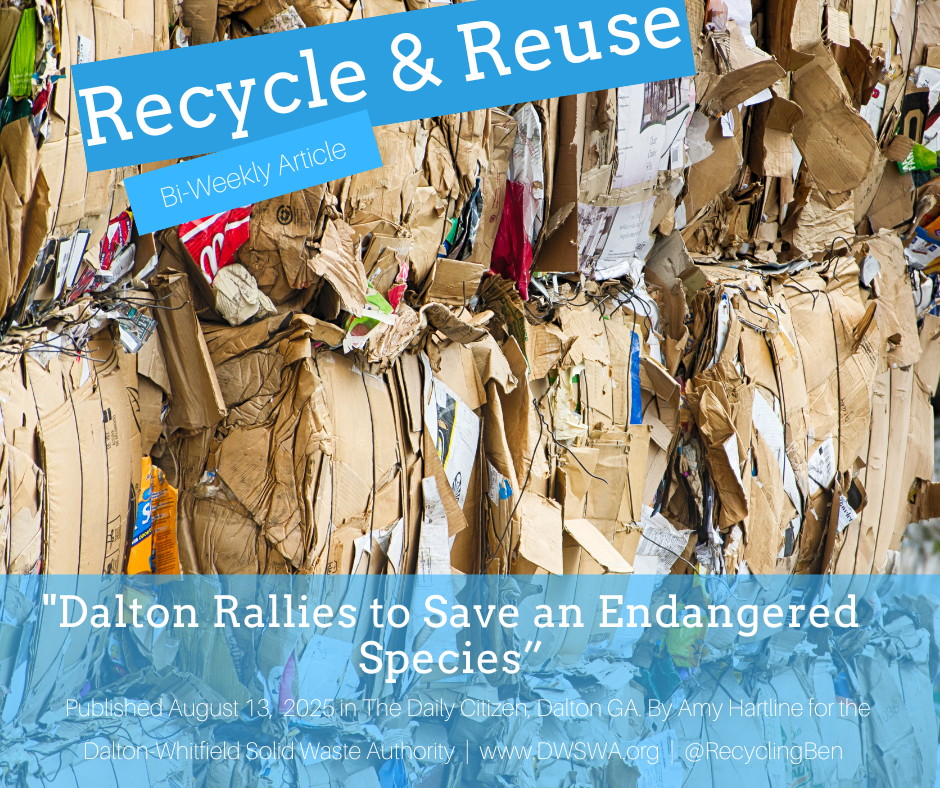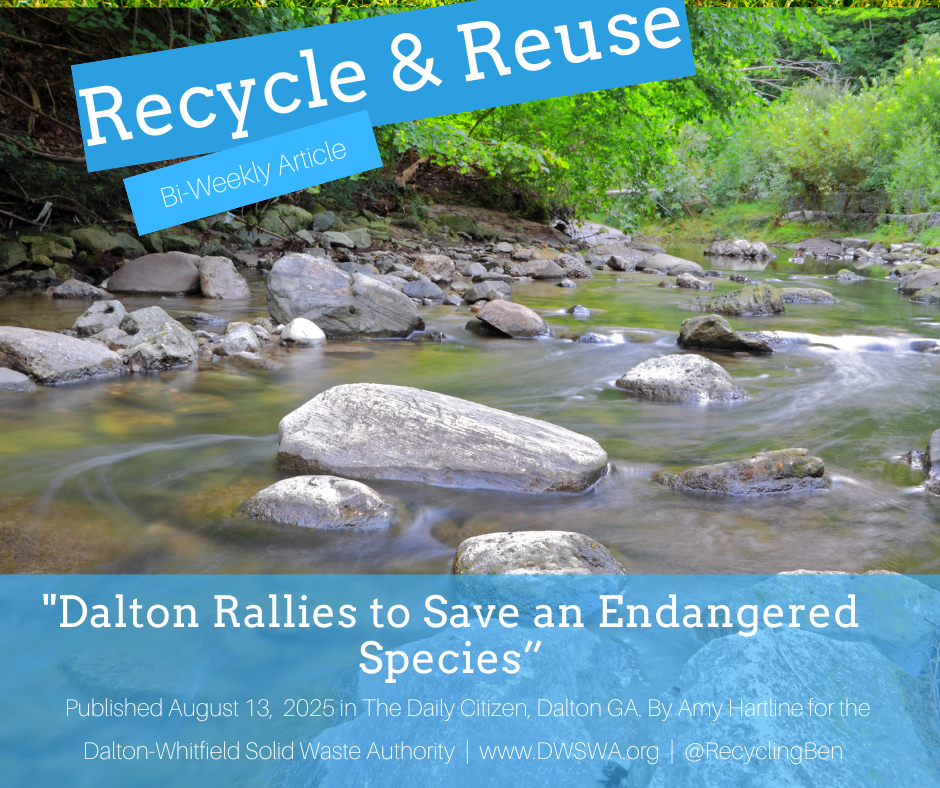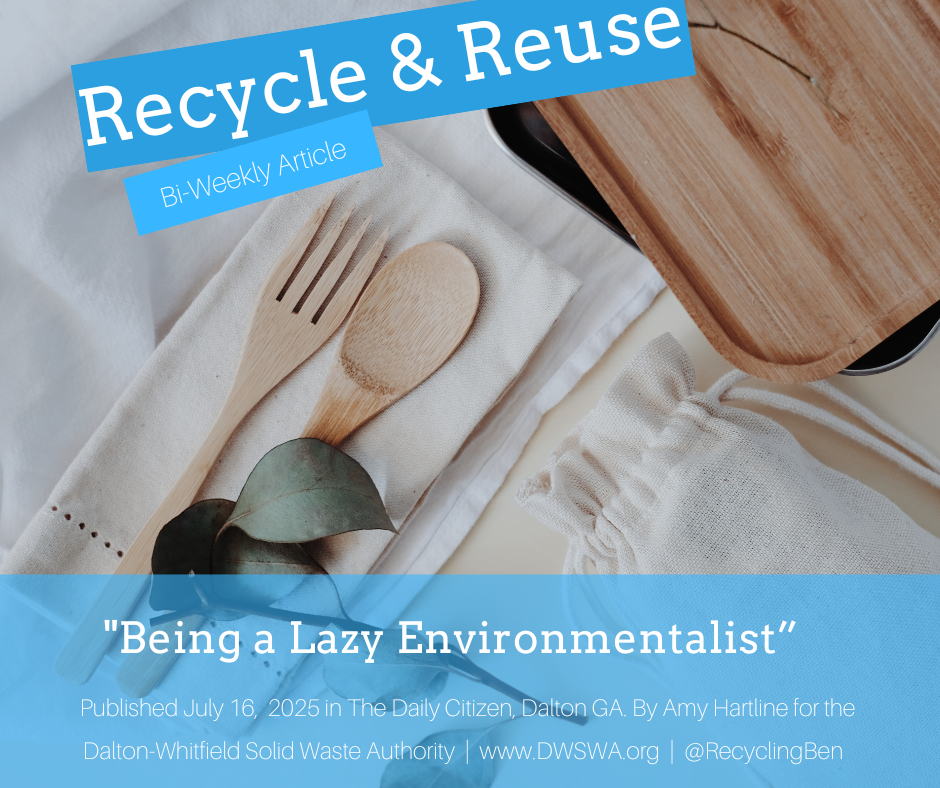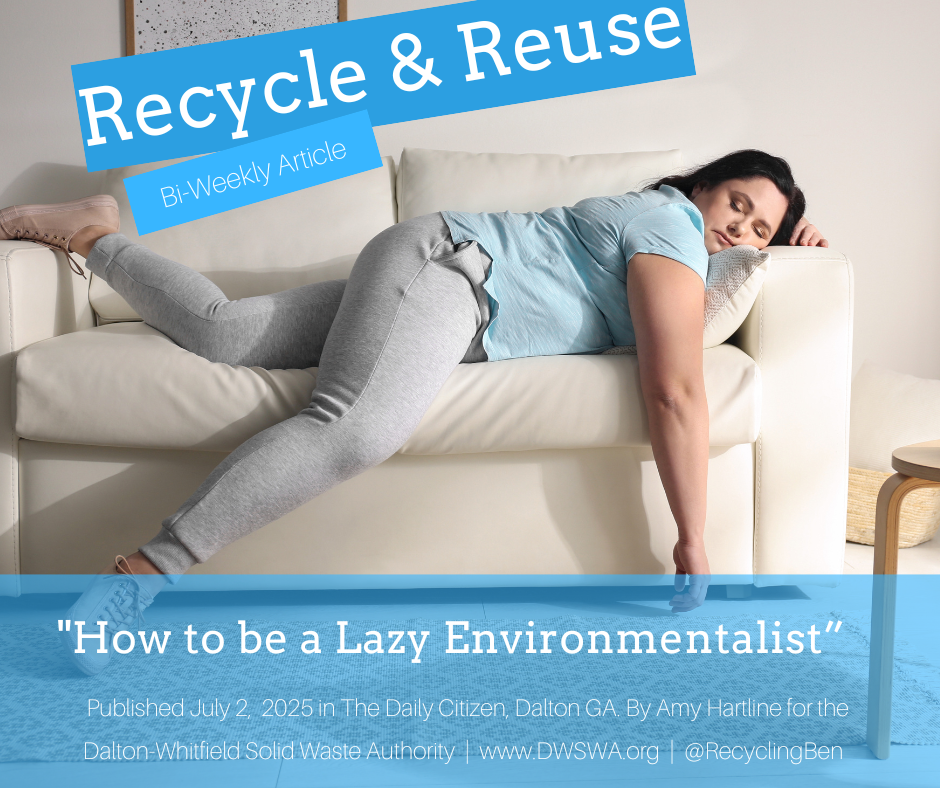Eco-Friendly Ways to Stay Warm This Winter
/While it might be nice to change our home heating systems to be as green as possible, sometimes it isn’t in our budget. With a few changes, we can still cut down on how much energy we are using which in turn reduces the pollution we put out into our world.
Start with warming yourself before warming the house. Pile on the sweaters. Put in your headphones and have your own dance party to get your blood flowing. You can also plan when you are heating your house based on your activities and lifestyle. If you exercise at home, bake, or are cleaning, you are going to get warm without the extra heat. If you spend eight or more hours out of the house for work or school, you can use a programmable thermostat to keep the heat off while you aren’t at home to use it.
Go old-school with a warm water bottle. Or futuristic with an infrared heater. These can certainly cost more, but take less energy than your home system. Many have timers so that you don’t have to worry about overheating the house or forgetting you turned it on.
To help decrease how much power you use to heat your home it is highly recommended you weatherize it. Weatherizing your home mostly involves methods of retaining as much heat as you can. First, check your windows for any signs of damage to your weatherstripping. If you see gaps, rips, tears, and dents, you need to replace it. Invest in higher quality materials for areas that get a lot of use. For example, your front door which gets a lot of use may need a door sweep or tension seals so that you are not having to constantly replace its weather stripping. Foam tape, the least expensive option, is easy to install, but very suspectable to typical wear and tear. It is great for around windows that you never open. Other methods may require you to hire someone for installation.
It is helpful to know when to use plastic sheets to weatherize your windows. If you have new windows or minimal gaps, you can spare the plastic. If, however, you have visible gaps, outside odors entering your home, or condensation on the inside of your windows, these are signs that you could heavily benefit from plastic window wrap. You can also test them with a paper test. Shut the window partially over a sheet of paper. If you can easily move the paper back and forth, air is most likely entering your home.
If you know basic carpentry skills, you can build your own interior storm windows. These cost about $55 more upfront than the plastic sheeting, but will last you for a long time sparing the plastic waste from the landfill and saving money in the long term. These also tend to be more aesthetically pleasing than the plastic sheeting.
We don’t just use warm air in the winter, but also hot water. Wrap insulation tape or foam sleeves around your warm water pipes. This requires less energy from your water heater in the cold months and therefore saves emissions and money.
You can also purchase or make thick cloth drapes for your windows. You’ll want to open them up on sunny days to let the sun’s rays warm up the house, but close them on cloudy days or at nighttime. The heavy fabric will help trap heat in the house.
In a matter of a few hours, you can improve your home and prepare yourself for cold weather as we near the end of the year. Removing our energy usage can decrease how much pollution we are sending out and increase how much money we save this winter so make sure to bundle up and keep your home warm.
Amy Hartline is the recycling and education program coordinator for the Dalton-Whitfield Solid Waste Authority. Have a recycling question? Contact her at (706) 278-5001 or ahartline@dwswa.org.
































